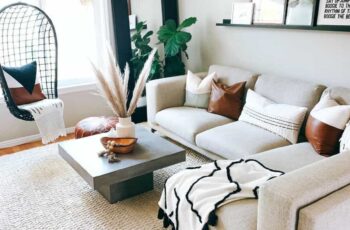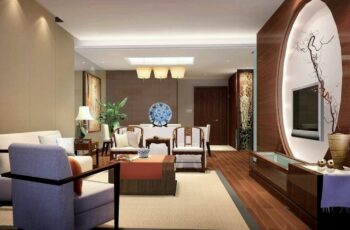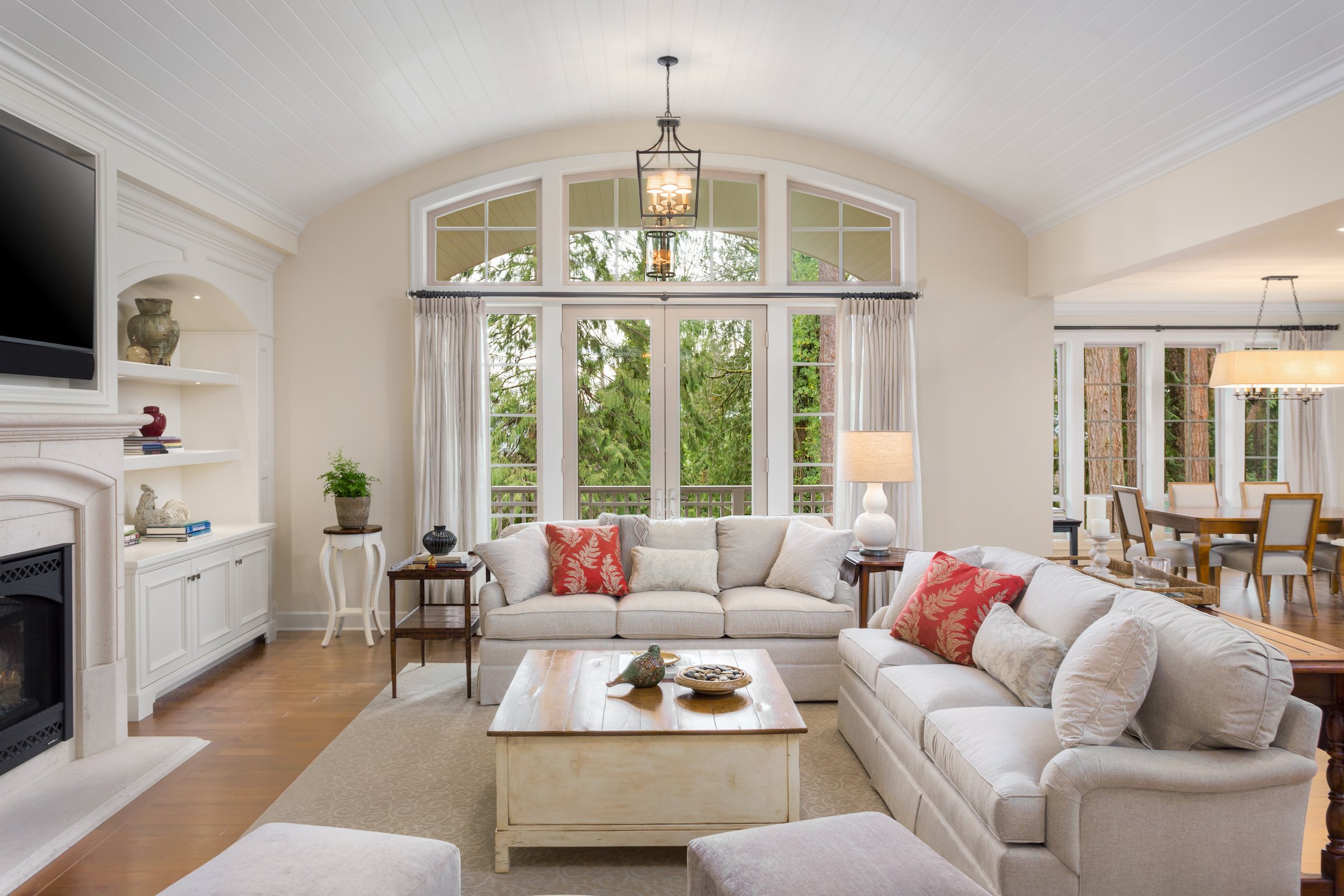
Crafting Your Sanctuary: A Comprehensive Guide to Home Design Living Room
The living room, often hailed as the heart of the home, is far more than just a collection of furniture. It’s a dynamic space where life unfolds – from quiet evenings with a book to lively gatherings with loved ones, from movie nights to deep conversations. It’s the first impression for guests and a daily sanctuary for its inhabitants. As such, designing a living room is an art form that balances aesthetics with functionality, personal style with universal comfort.
This comprehensive guide will delve deep into the multifaceted world of living room design, helping you transform your space into a reflection of your personality and a haven for your lifestyle.
I. The Foundation: Understanding Your Space and Needs
Before diving into swatches and sofas, a crucial preliminary step is to understand the canvas you’re working with and the life you intend to live within it.
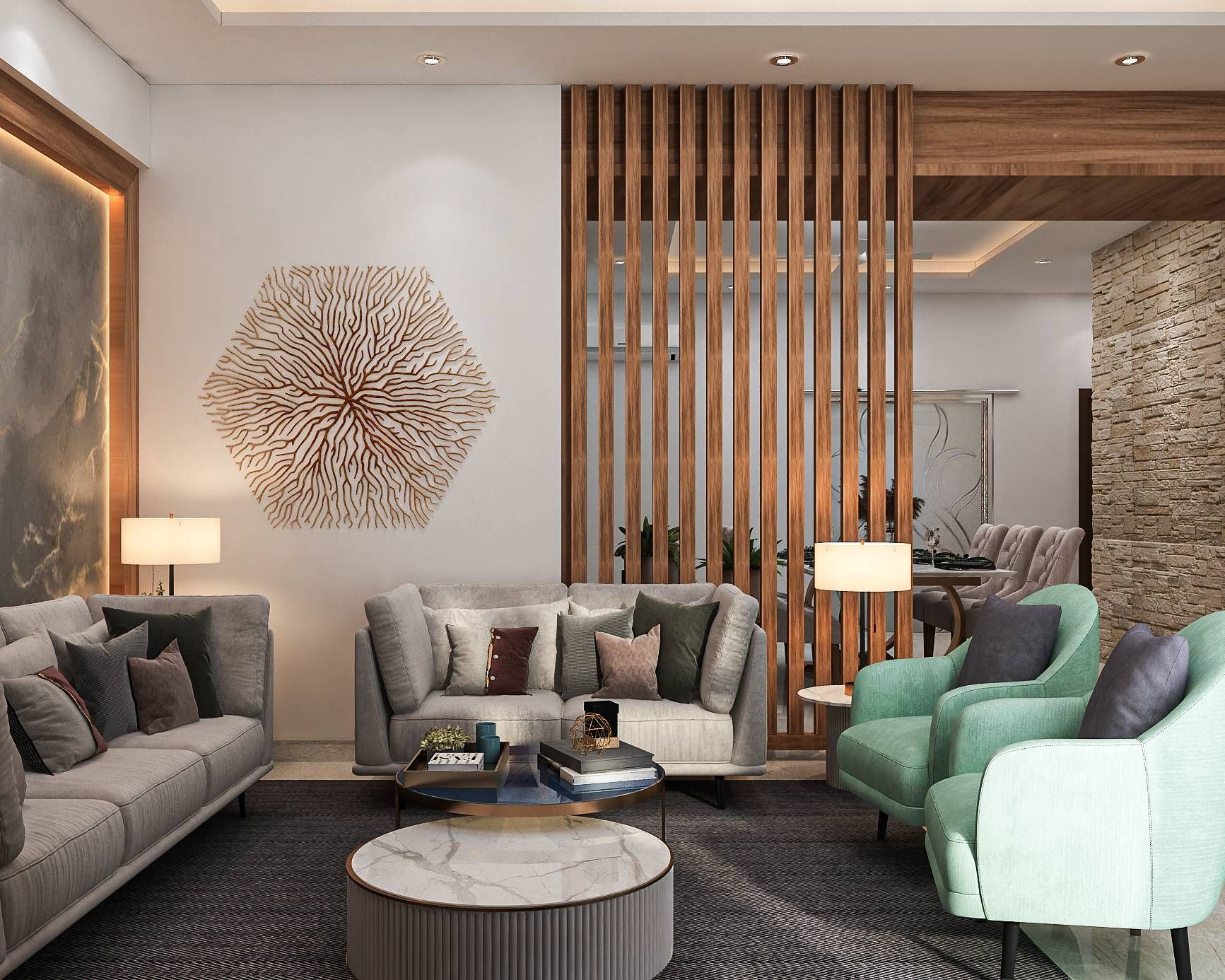
-
Define Your Lifestyle & Function:
- Who uses the room? Are there children, pets, elderly family members? This impacts material choices (durability, cleanability).
- What activities will primarily occur here? Is it a formal reception area, a cozy family room, an entertainment hub, a reading nook, or a multi-functional space combining several of these?
- How often do you entertain? This influences seating capacity and flow.
- Do you need specific features? A dedicated workspace, a play area, a media center?
Answering these questions will dictate furniture choices, layout, and overall design decisions.

/GettyImages-9261821821-5c69c1b7c9e77c0001675a49.jpg)
-
Assess the Space:
- Measurements are Paramount: Accurately measure the room’s length, width, and ceiling height. Note the location of windows, doors, outlets, radiators, and any architectural features like fireplaces or built-in shelving. This prevents costly mistakes with oversized furniture.
- Natural Light: Observe how natural light enters the room throughout the day. South-facing rooms get consistent bright light, while north-facing rooms tend to be cooler and dimmer. This influences color choices and lighting plans.
- Traffic Flow: Identify natural pathways through the room. Furniture should be arranged to facilitate easy movement, not impede it.


Establish a Budget:
- Be realistic about what you can spend. Break down your budget into categories: large furniture (sofa, chairs), accent furniture (coffee table, side tables), lighting, rug, window treatments, art, and accessories.
- Prioritize key pieces. Investing in a high-quality, durable sofa, for instance, might be more important than splurging on numerous small decor items. Remember that good design doesn’t always equate to expensive items; it’s about thoughtful curation.
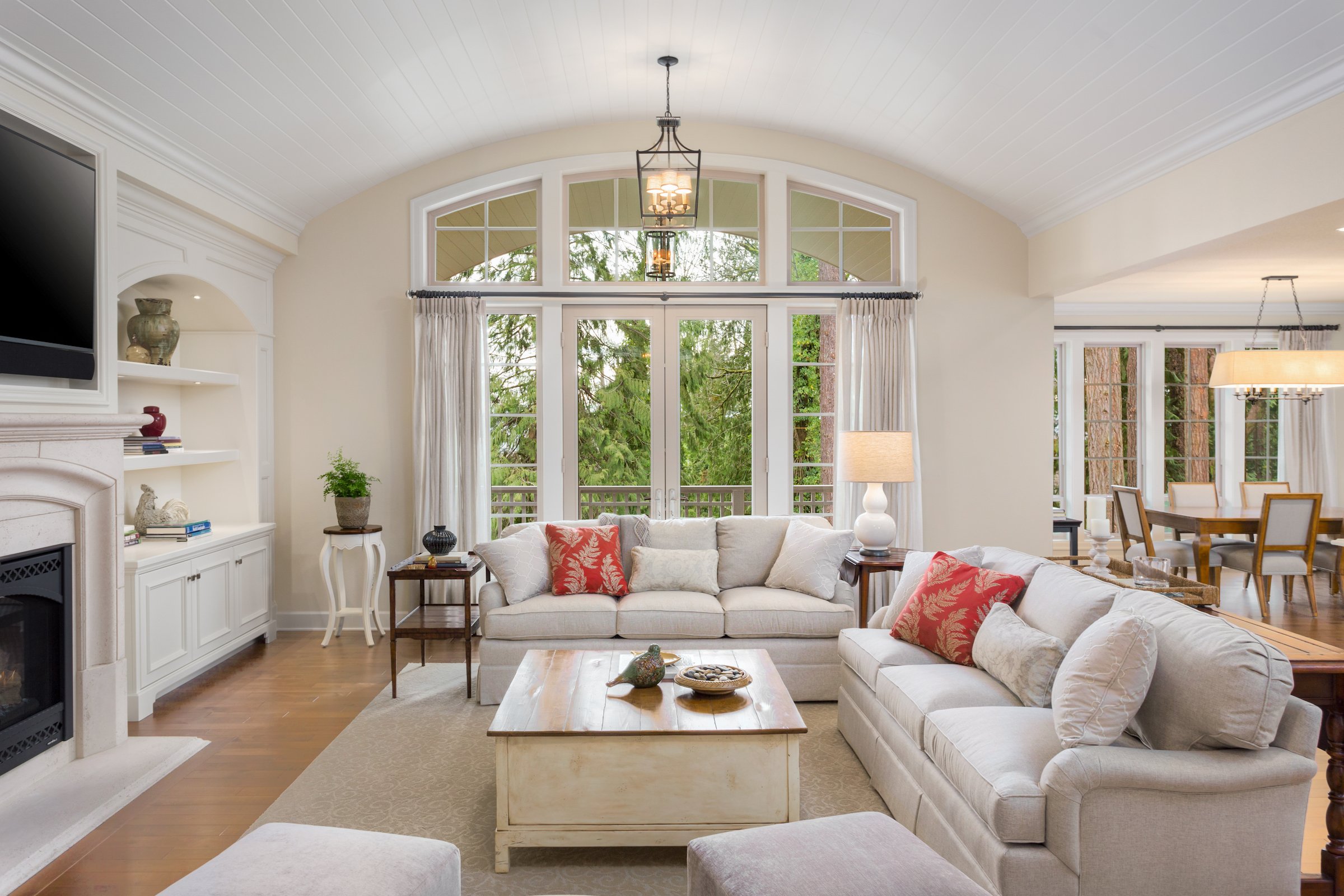
II. Defining Your Style: The Soul of Your Space
Your living room should tell your story. Before selecting individual pieces, envision the overall aesthetic you want to achieve.
-
Explore Design Styles:
- Modern: Clean lines, minimalist, often features natural materials, neutral palettes with pops of color.
- Traditional: Classic, elegant, symmetrical, often includes ornate details, rich woods, and luxurious fabrics.
- Transitional: A popular blend of traditional warmth with modern clean lines. It’s comfortable, adaptable, and less formal than purely traditional.
- Scandinavian: Functional, simple, bright, airy, focuses on natural light, light wood tones, and muted colors.
- Industrial: Raw, edgy, exposed brick, metal, concrete, reclaimed wood, often features utilitarian lighting.
- Bohemian (Boho): Eclectic, free-spirited, layered textures, global influences, vibrant colors, plants, and vintage finds.
- Coastal/Hamptons: Light, airy, natural textures (linen, jute), blues and whites, inspired by the beach.
- Mid-Century Modern: Organic shapes, clean lines, often features teak, walnut, and iconic furniture designs from the 1950s-60s.
-
Gather Inspiration: Use platforms like Pinterest, Instagram, design magazines, and Houzz to create mood boards. Don’t just save images you like; analyze why you like them. Is it the color palette, the furniture style, the overall feeling? Look for common threads.
III. The Core Elements of Living Room Design
Once you have a clear vision, it’s time to build your room layer by layer.
-
Color Palette: Setting the Mood
- Neutrals as a Base: Whites, greys, beiges, and creams provide a versatile foundation that allows other elements to shine. They create a sense of calm and spaciousness.
- Accent Colors: Introduce bolder hues through pillows, throws, art, or a single accent chair. These add personality and vibrancy.
- Color Psychology: Warm colors (reds, oranges, yellows) evoke energy and intimacy, while cool colors (blues, greens, purples) promote calmness and serenity. Consider the desired mood of your living room.
- Undertones: Pay attention to the undertones of your chosen colors (e.g., a grey with a blue undertone vs. a grey with a beige undertone). Consistency here creates harmony.
-
Furniture Selection: Comfort Meets Style
- The Anchor Piece (Sofa/Sectional): This is usually the largest investment and defines the room’s main seating area.
- Size & Scale: Ensure it’s proportionate to the room. A massive sectional can overwhelm a small space, while a tiny sofa will feel lost in a large one.
- Shape: Straight-line sofas are versatile; L-shaped sectionals are great for corner spaces and defining zones; curved sofas add softness.
- Fabric: Consider durability (especially with kids/pets), cleanability, texture, and how it feels to the touch. Leather, linen, cotton, velvet, and performance fabrics all offer different aesthetics and practicalities.
- Supporting Seating:
- Accent Chairs: Provide additional seating and an opportunity to introduce different colors, textures, or styles.
- Ottomans/Poufs: Versatile as footrests, extra seating, or even small tables.
- Coffee Table: The central hub. Consider its height relative to your sofa, its shape (round for flow, rectangular for traditional), and material (wood, metal, glass).
- Side Tables: Essential for holding drinks, lamps, and personal items. Ensure they are within easy reach of seating.
- Storage: Media consoles, bookshelves, cabinets, and baskets keep clutter at bay and contribute to the room’s organization.
- The Anchor Piece (Sofa/Sectional): This is usually the largest investment and defines the room’s main seating area.
-
Layout & Flow: The Art of Arrangement
- Focal Point: Every living room needs one – a fireplace, a large window with a view, a TV, or a prominent piece of art. Arrange furniture to highlight this point.
- Conversation Zones: Arrange seating to encourage interaction. Sofas and chairs should face each other, or be angled towards each other, with comfortable distances for conversation.
- Traffic Paths: Ensure clear pathways (at least 36 inches wide) through the room to avoid bottlenecks.
- Balance & Symmetry: Create visual balance. Don’t put all heavy pieces on one side. Symmetry can create a formal look, while asymmetry feels more relaxed and dynamic.
- Area Rugs: An appropriately sized rug can anchor the furniture, define a seating area, and add warmth and texture. Ideally, all front legs of major furniture pieces should rest on the rug.
-
Lighting: Illuminating Your Design
- Layered Lighting is Key: A single overhead light is insufficient. Aim for three layers:
- Ambient Lighting: General illumination for the whole room (e.g., ceiling fixtures, recessed lights).
- Task Lighting: For specific activities (e.g., floor lamp next to a reading chair, table lamp on a side table).
- Accent Lighting: Highlights features like artwork or architectural details (e.g., picture lights, wall sconces).
- Natural Light Maximization: Don’t block windows. Use sheer curtains or blinds that allow light to filter in. Mirrors placed strategically can also amplify natural light.
- Dimmers: Essential for adjusting the mood and intensity of light throughout the day and for different activities.
- Layered Lighting is Key: A single overhead light is insufficient. Aim for three layers:
-
Textiles & Textures: Adding Depth and Warmth
- Rugs: As mentioned, they define spaces, add color, and provide softness underfoot. Consider material (wool for durability, jute for natural texture, synthetic for easy cleaning) and pile height.
- Throws & Pillows: These are excellent for adding pops of color, pattern, and texture. They can be easily changed to refresh the room’s look seasonally.
- Window Treatments: Beyond privacy and light control, curtains, blinds, or shades add softness, color, and pattern. Choose styles that complement your overall design (e.g., flowing drapes for elegance, Roman shades for a tailored look).
-
Decor & Accessories: The Personal Touch
- Art & Wall Decor: Choose pieces that resonate with you. Pay attention to scale – a small piece of art will get lost on a large wall. Create gallery walls for visual interest.
- Mirrors: Great for reflecting light, making a room feel larger, and adding a decorative element.
- Plants: Bring life, color, and improve air quality. Choose plants suitable for your light conditions and maintenance preferences.
- Books & Collectibles: Display items that tell your story. Curate rather than clutter.
- Decorative Objects: Vases, sculptures, candles – these small details add personality and finish the room. Follow the "rule of three" or "odd numbers" for grouping items.
IV. Special Considerations
-
Small Living Rooms:
- Multi-functional Furniture: Ottomans with storage, nesting tables.
- Vertical Space: Utilize walls with tall bookshelves or wall-mounted shelving.
- Light Colors: Paint walls in lighter shades to make the room feel more expansive.
- Mirrors: Strategically placed mirrors can create the illusion of more space.
- Leggy Furniture: Pieces with exposed legs allow light to pass through, making them appear less heavy.
-
Open-Concept Living Rooms:
- Define Zones: Use area rugs, furniture arrangement (e.g., a sofa facing away from the dining area), and lighting to delineate different functional zones without building walls.
- Cohesive Palette: Maintain a consistent color palette and style throughout the open space to ensure flow and harmony.
- Shared Focal Point: A central fireplace or a large piece of art can serve as a unifying element.
-
Durability & Maintenance:
- Especially for high-traffic living rooms, choose durable fabrics (performance fabrics, tightly woven materials) and finishes that can withstand daily wear and tear.
- Consider ease of cleaning for rugs and upholstery.
V. The Design Journey: A Step-by-Step Approach
- Define: Lifestyle, function, budget.
- Inspire: Gather ideas, define style.
- Plan: Measure, sketch layouts, create a mood board.
- Anchor: Select major furniture pieces (sofa, main chairs).
- Build: Add secondary furniture (tables, storage).
- Layer: Introduce lighting, rugs, curtains.
- Personalize: Add art, plants, and decorative accessories.
- Refine: Live with it, adjust as needed, and enjoy!
Conclusion
Designing a living room is an exciting journey of self-expression and practical planning. It’s about creating a space that not only looks beautiful but also functions seamlessly for the life you lead. By understanding your needs, defining your style, and thoughtfully layering the various elements of design, you can transform your living room into a true sanctuary – a comfortable, inviting, and deeply personal space where memories are made and cherished. Embrace the process, trust your instincts, and create a living room that truly feels like home.
Crafting Your Sanctuary: A Comprehensive Guide to Home Design Living Room | in opo wae, wis opo wae, and on last post i/admin have give some post/articles and many pictures gallery about " The Art of Living: Transforming Your Living Room into a Haven of Style and Comfort" if you have not seen it, please check out before seeing this. (just click text in "anchor text" to read or see last post first), I have packed all images collections become 1 gallery images on post and this time i just want to share again from my collections to could be useful :D. These pictures of Crafting Your Sanctuary: A Comprehensive Guide to Home Design Living Room, I have collected in a fairly long time, and from various media such as the Internet, books, magazines, newspapers, comics, etc like as from search engine and other sources to be used as ideas for you. and these images has combined into one page on 0 Photos/images Gallery below. lets views.. o[^_^]o.Crafting Your Sanctuary: A Comprehensive Guide to Home Design Living Room pictures collections gallery
Crafting Your Sanctuary: A Comprehensive Guide to Home Design Living Room is a nice pictures and stock photo for your computer desktop or your smartphone device (ipad, tablet, blackberry, iphone, and other device) and also for your personal use. Free available for desktop wallpaper or additional image collections for your all needs. And was uploaded by admit at date August 1, 2025. You can download it in your computer by clicking download button to save image... have nice day and have fun guys..
This 1 image in featured post from 0 Photos/images Gallery and awesome picture selections about Crafting Your Sanctuary: A Comprehensive Guide to Home Design Living Room is available to download. "Download & Save" images/pictures/wallpapers now and this Is one of the post that listed in packed to Category is Living Room Design Ideas directory, with image dimension/resolution size is 2400 × 1600 px and size image/picture file is 504 KB with original link post ID is : https://powae.pw/crafting-your-sanctuary-a-comprehensive-guide-to-home-design-living-room/. Get download/save images in post and gallery, "download" images or "preview" it on a bigger image for spesification sample in Large size (full attachment size) here : [Download & View to Large size]. Just Simple way, in thumbnail or in Gallery. *Click images to view Large Size.We collect this wonderful image from online and choose one of the best for you. Pictures collection that posted here was carefully chosen and published by author after choosing the ones which are best among the others. So, ultimately we make it and here these list of best image for your inspiration and informational reason regarding the Crafting Your Sanctuary: A Comprehensive Guide to Home Design Living Room as part of blogsite exclusive updates collection. So, take your time and find the best informations and pictures posted here that suitable with your needs and use it for your own collection and personal use. About Image information: Image has been submitted and You are able to give your opinion as evaluations to our web site value.
Don't forget to comment if you interest with this images, you can share this post to social media like as facebook, twitter, google+, pinterest, stumbleupon, and more. just click social media buttons for share this post Crafting Your Sanctuary: A Comprehensive Guide to Home Design Living Room Now. :)
Thanks for your visit, I hope you happy come to opo wae, wis opo wae, and get what you're looking for. And hope sometimes you will come back again here. All you need to do is help us develop by discussing this Crafting Your Sanctuary: A Comprehensive Guide to Home Design Living Room if you like it "leave your comment". have fun, Thank you.



